Name Jane Marcet | Role Writer | |
 | ||
Books Conversations on chemistry, Conversations on political economy, Conversations on natural philosophy, Mary's grammar, Conversations on Vegetabl | ||
Jane Marcet - Wikivids
Jane Marcet (née Haldimand) (1 January 1769 – 28 June 1858) was an innovative, successful writer of popular introductory science books. She also broke new ground with Conversations on Political Economy (1816), which explained the ideas of Adam Smith, Malthus and David Ricardo.
Contents

Life
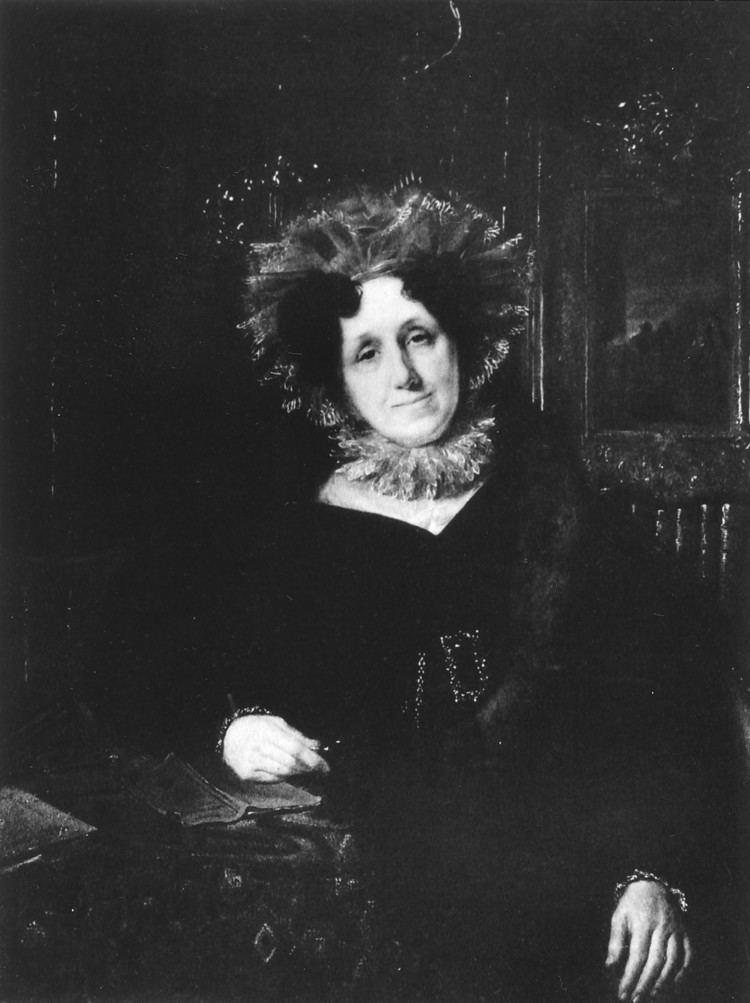
Jane Marcet was born Jane Haldimand in London on 1 January 1769, one of twelve children of wealthy merchant and banker Anthony Francis Haldimand (1740/41–1817) and his wife Jane (died 1785). Following Swiss tradition, she was educated at home with her brothers: her studies included Latin (essential for the sciences), chemistry, biology, and history, as well as topics more usual for young ladies in England. Jane took over the running of the family at age 15, after her mother's death. She managed the house and helped to bring up her younger siblings. Her younger brother William Haldimand (1784–1862) became a director of the Bank of England and a member of Parliament. She also acted as her father's hostess, helping to entertain frequent parties of scientific and literary guests. Jane developed an early interest in painting during a visit to Italy with her father in 1796, and studied with Joshua Reynolds and Thomas Lawrence. Her artistic training later enabled her to illustrate her books.
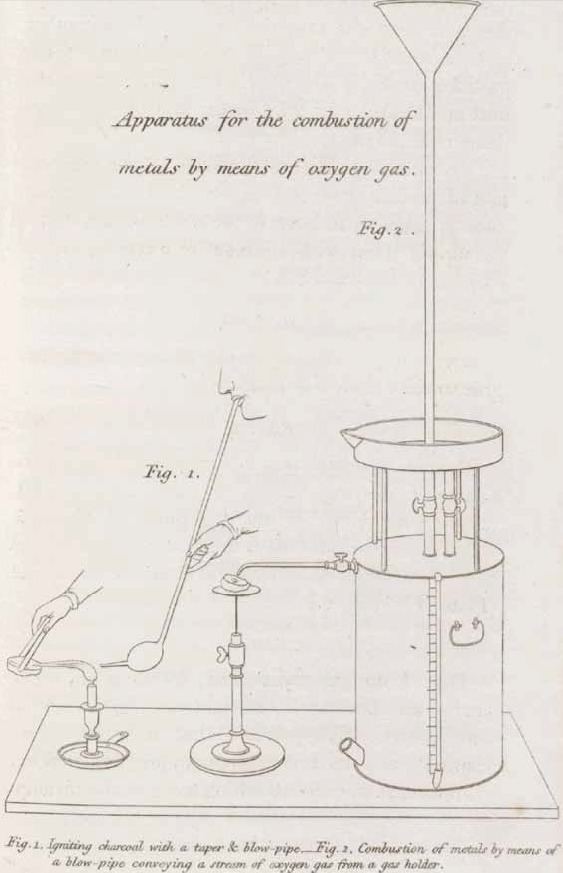
Jane was married in 1799 to Alexander John Gaspard Marcet (1770–1822), a political exile from Geneva, Switzerland who graduated from medical school at the University of Edinburgh as a physician in 1797. After their marriage, the Marcets continued to live in London. They had four children, one of whom, François Marcet (1803–1883), became a well-known physicist.
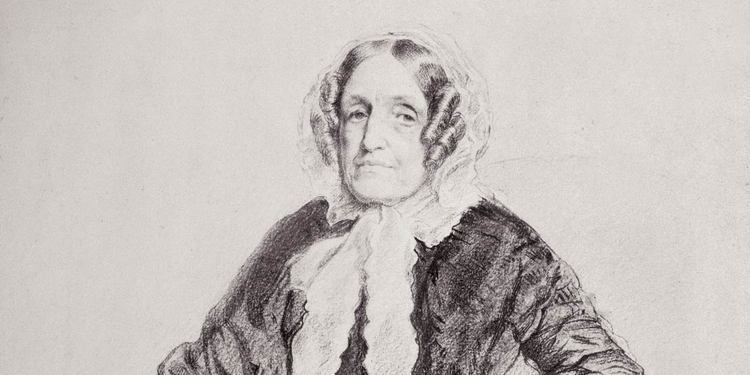
Alexander was strongly interested in chemistry, and became a lecturer at Guy's Hospital in London and a Fellow of the Royal Society. When Jane became interested in learning more about chemistry, they conducted experiments together in a home laboratory, discussing the scientific principles involved.
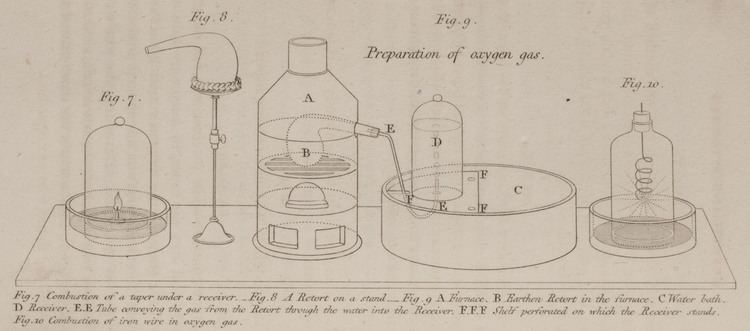
The Marcets were part of a literary and scientific social circle that included many leading writers and scientists such as Mary Somerville, Henry Hallam, Harriet Martineau, Auguste Arthur de la Rive and Maria Edgeworth. Novelist Maria Edgeworth described their home, with its lively, intelligent children and welcome for visitors, in her letters. One of Edgeworth's anecdotes gives a vivid picture of the Marcet family and its scientific and social activities:
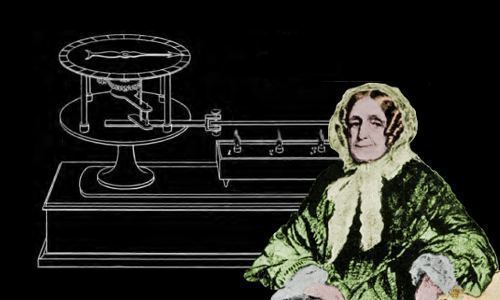
"We came here last Friday, and have spent our time most happily with our excellent friend Mrs. Marcet. His children are all so fond of Dr. Marcet, we see that he is their companion and friend. They have all been happily busy in making a paper fire-balloon, sixteen feet in diameter, and thirty feet high. A large company were invited to see it mount."
Jane and her father were close throughout their lives, and he lived with his daughter and her husband after their marriage. After Jane’s father died in 1817, she received a substantial legacy which enabled Alexander Marcet to devote himself full-time to chemistry, giving up his medical practice. Alexander, in his turn, understood and supported his wife's need for intellectual engagement and productive work.
"Conversations"
After helping to read the proofs of one of her husband's books, Marcet decided to write her own, and produced expository books on chemistry, botany, religion and economics under the general title "Conversations". In her prefaces, Marcet explicitly addresses issues of whether such knowledge is suitable for women, arguing against objections and stating that public opinion supports her position.
The first of these was written in 1805, although not published until much later in 1819, as Conversations on Natural Philosophy. The textbook covered the basics of scientific knowledge of the time: physics, mechanics, astronomy, the properties of fluids, air, and optics. It established a common format in Marcet's works: a dialogue between two pupils, Caroline and Emily (or Emilie), and their teacher, Mrs. Bryant (Mrs. B). Caroline, the younger, asks flippant questions that nonetheless move the dialogue along, while Emily is more controlled and reflective. Mrs. Bryant is a maternal mentoring figure who leads them to question and examine their ideas. Both the scientific content of the dialogue, and the discursive process of sharing scientific knowledge, were important for Marcet's readers.
Marcet's next book, Conversations on Chemistry, Intended More Especially for the Female Sex was published anonymously in 1805, and became her most popular and famous work. Summarizing and popularising the work of Humphry Davy, whose lectures she attended, it was one of the first elementary science textbooks. It was illustrated with Marcet's own drawings of chemical apparatus. and emphasised the importance both of demonstration by experiment and of theoretical rigour. Jane Marcet was not explicitly identified as the author until the twelfth edition appeared in 1832. The book went into 16 editions in England, where it was an early inspiration for the young Michael Faraday. It was widely plagiarised in America, appearing in at least 23 editions there.
Marcet also popularised the arguments of political economists like Adam Smith, Malthus, and above all David Ricardo, in her Conversations on Political Economy (1816). This was well received and widely read, although some later economists such as Alfred Marshall were dismissive, to the detriment of its later reputation, and Joseph Schumpeter derided it as "economics for schoolgirls". The purpose, however, was an important one that went beyond the lucrative supply of a niche market. Mrs B's flippant pupil, Caroline, says that she would have thought a woman could be excused ignorance of that topic. Mrs B replies tartly, "When you plead in favour of ignorance, there is a strong presumption that you are in the wrong." Marcet's Conversations on Political Economy were an inspiration to Harriet Martineau to introduce economic topics into her writings.
In 1820 the Marcets travelled to Geneva, Switzerland, intending to relocate there. In 1822, Alexander died unexpectedly while on a visit to Britain. Jane was extremely distressed by his death. She went through one of several periods of depression to affect her during her life, described by her friend Auguste de La Rive as a "shadow enveloping an energetic and active spirit". Though she retained strong ties to her Swiss friends, she eventually returned to England to live.
She continued to be active in scientific circles, and updated and published new editions of her major works throughout her life. Her last edition of "Conversations on Chemistry" appeared when she was eighty-four. In later life, Marcet wrote new works mainly for children, perhaps with her grandchildren in mind. Mary's Grammar (1835) became a classic.
Jane Marcet lived for the latter part of her life with a daughter, at 14 Stratton Street, Piccadilly, London. She died there on 28 June 1858.
Legacy
Marcet's major contribution was her work as an educator. Her works contained few original ideas, but were based on careful study of current theories and a voluminous ongoing correspondence with current scientists. Her works were noted for their precision, accuracy, and thoroughness. She presented science and economics in an informal way, but her simple introductions to often complex subjects were widely appreciated by adults as well as children. Perhaps most importantly, they reached women, including students in prominent women's seminaries, who had not been encouraged to explore the experimental sciences at that time.
Marcet was uniquely qualified to play the role of popularizer of chemistry and economics by her contacts with many of the greatest thinkers and scientists of her day. She deserves credit for widely popularizing the new fields of chemistry and political economy. By writing in English, and in a discursive style, she made scientific knowledge accessible not only to women but also to men who were not trained in the fundamental languages of a classical education, Latin and Greek. While her original intent was to educate women, she reached a much broader audience in line with enlightenment ideals, and laid claim to the natural sciences as a public endeavour.
When the Boston Girls' High and Normal School became the first school in America to teach science to women through laboratory experience, in 1865, Marcet's Conversations on Chemistry was the text they used.
When Henry James wrote The Turn of the Screw in 1898, Marcet's works were still standard textbooks. The governess refers offhandedly to a text being "as impersonal as Mrs. Marcet or nine-times-nine."
